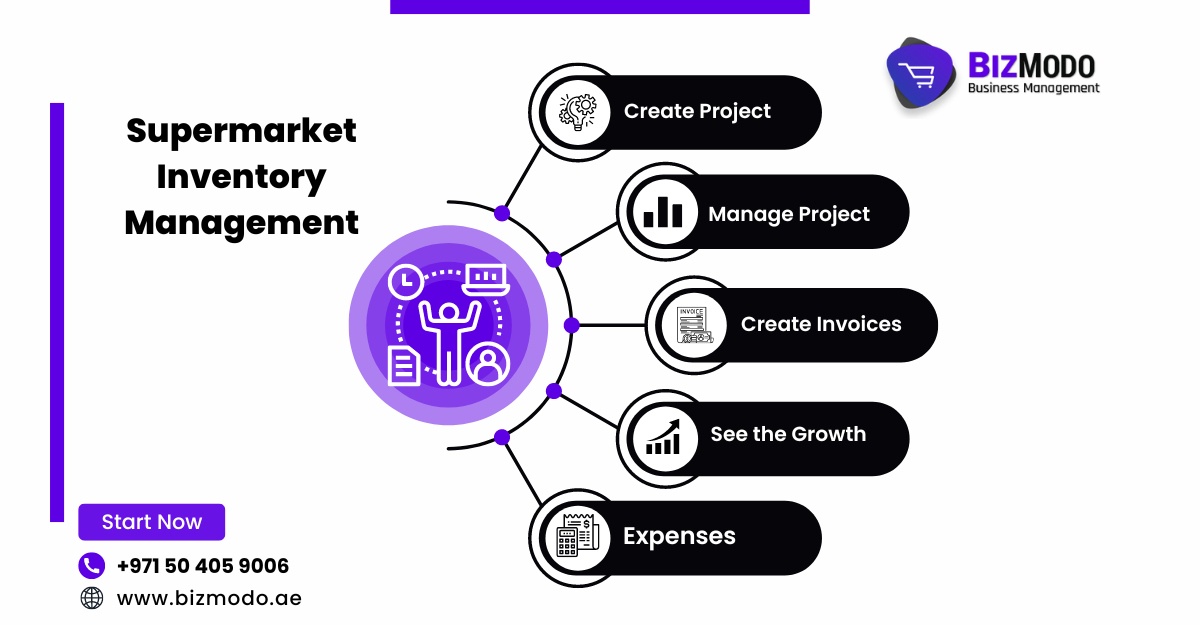Introduction
In today's fast-paced retail environment, efficient supermarket inventory management is crucial for the success of any store. Properly managing stock control can lead to reduced costs, minimized waste, increased customer satisfaction, and ultimately, higher profits. In this blog article, we will explore the key strategies and best practices to streamline supermarket inventory management and achieve optimal performance.
Real-time Inventory Tracking
Implementing a reliable real-time inventory tracking system is the foundation of efficient inventory management. Utilizing advanced technology such as barcode scanners, RFID tags, or automated shelf sensors allows for accurate and up-to-date stock information. This real-time data helps managers to make informed decisions, prevent overstocking or stockouts, and optimize reordering processes.
Data-Driven Demand Forecasting
Analyzing historical sales data and consumer trends can aid in accurate demand forecasting. By understanding patterns in buying behavior, supermarkets can anticipate fluctuations in demand and adjust their inventory levels accordingly. Data-driven forecasting minimizes the risk of excess inventory, reduces storage costs, and ensures that popular items are always available to customers.
ABC Analysis
ABC analysis categorizes inventory based on its value and sales frequency. Class A items represent high-value, fast-selling products, while Class C items are lower-value and have slower turnover rates. This classification helps supermarkets prioritize their focus and allocate resources efficiently. Class A items may require more frequent monitoring and replenishment, while Class C items can be managed with a more relaxed approach.
Supplier Collaboration and JIT Inventory
Maintaining strong relationships with suppliers is essential for supermarket inventory management. Implementing Just-in-Time (JIT) inventory practices can minimize storage costs and reduce the risk of overstocking. JIT involves ordering inventory only when needed, based on demand forecasts and sales patterns. This approach ensures that fresh products are consistently available while minimizing the amount of capital tied up in inventory.
Automated Reordering and Alerts
Automating the reordering process based on predefined inventory thresholds can significantly improve inventory management efficiency. When stock levels reach a certain point, the system can automatically generate purchase orders, ensuring timely replenishment. Additionally, setting up automated alerts for low-stock items or expired products helps prevent stockouts and potential losses.
Conclusion
Efficient supermarket inventory management is a continuous process that requires a combination of technology, data analysis, and sound business practices. By adopting real-time tracking, data-driven forecasting, ABC analysis, supplier collaboration, and automation, supermarkets can streamline their stock control and achieve optimal performance. Improved inventory management not only reduces costs and waste but also enhances customer satisfaction by ensuring the availability of products they desire. Embracing these best practices will position supermarkets at the forefront of the retail industry, driving growth and success in an increasingly competitive market.


No comments yet